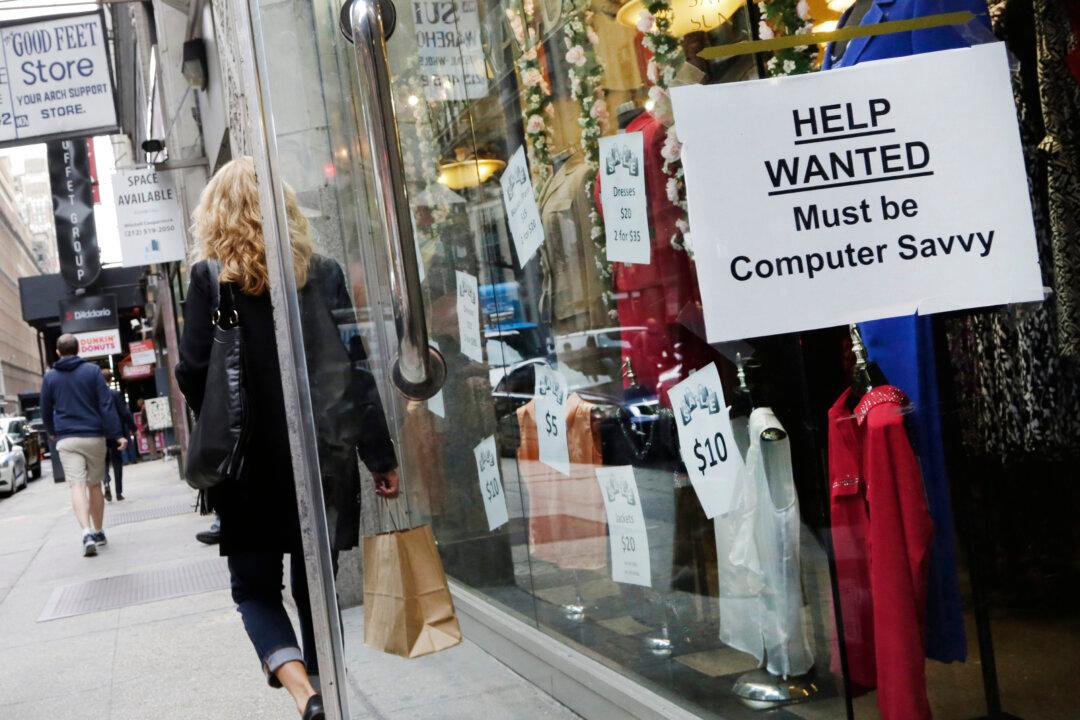WASHINGTON—The U.S. economy is motoring ahead despite slowing global growth that caused upheavals in financial markets around the world this week.
Employers added a robust 292,000 jobs last month, and the unemployment rate stayed low at 5 percent, the Labor Department said Friday. Job gains in the October-December quarter averaged 284,000, the best three-month increase since last January.
The strong hiring underscores the resilience of the United States at a time of slow global growth and financial turmoil. Healthy consumer spending, modest gains in home construction and an uptick in government spending should offset drags from overseas and bolster growth this year, economists said.
The report “immediately puts to rest a lot of the worries that the U.S. economy will come undone due to the intensifying global headwinds coming out of China and the Middle East,” said Mark Vitner, an economist at Wells Fargo.
For all of 2015, employers added 2.65 million jobs, a monthly average of 221,000. That made 2015 the second-best year for hiring since 1999, after 2014.





